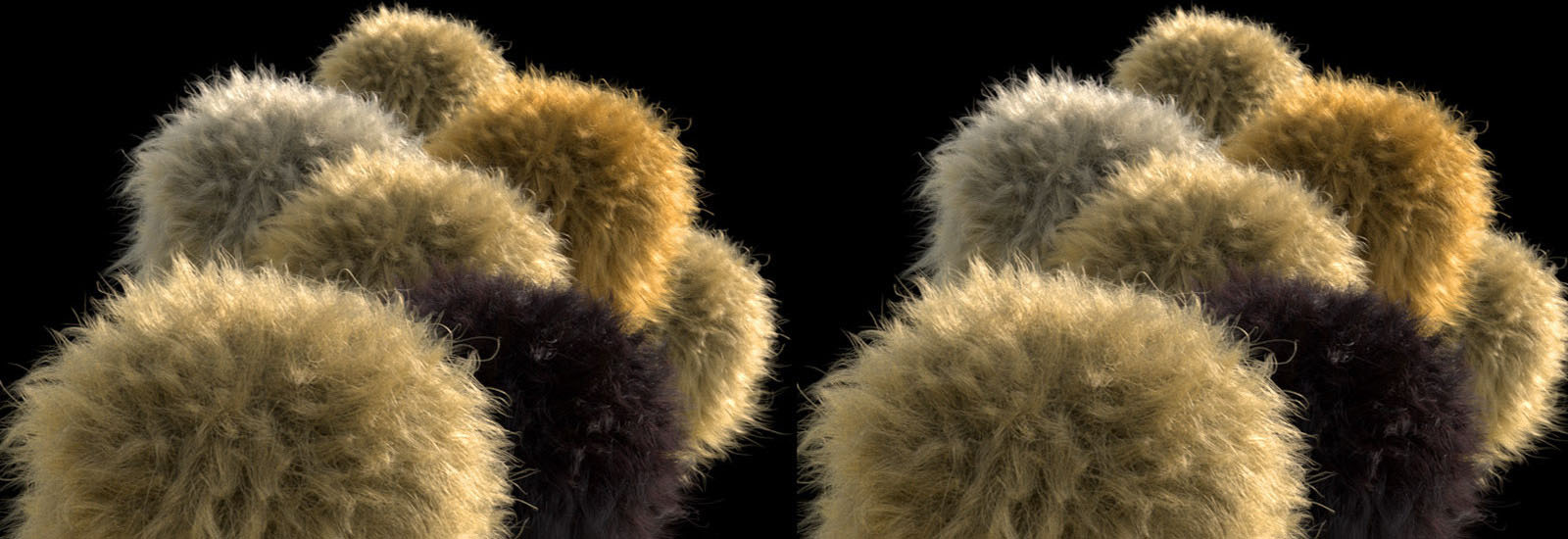“Deep Thoughts on Deep Image Compression”
Conference:
Type:
Entry Number: 76
Title:
- Deep Thoughts on Deep Image Compression
Presenter(s)/Author(s):
Abstract:
Deep image compositing has, in the last decade, become an industry standard approach to combining multiple computer-generated elements into a final frame. With rich support for multiple depth-specified samples per-pixel, deep images overcome many of the challenges previously faced when trying to combine multiple images using simple alpha channels and/or depth values.
A practical challenge when using deep images, however, is managing the data footprint. The visual fidelity of the computer generated environments, characters and effects is continually growing, typically resulting in both a higher number of elements and greater complexity within each element. It is not uncommon to be using “gigabytes” to describe the size of deep image collections which, as more and more visual effects facilities establish a global presence, introduces a significant concern about timely overseas data transfer. Further, as deep images flow through compositing networks, the high sample count contributes to longer processing times.
Our observation is that, with a richer contextual understanding of the target composite, systems – both automatic and artist-controlled – can be built to significantly compress deep images such that there is no perceptual difference in the final result.
References:
James H. Clark. 1976. Hierarchical Geometric Models for Visible Surface Algorithms. Commun. ACM 19, 10 (Oct. 1976), 547–554.
Florian Kainz. 2013. Interpreting OpenEXR Deep Pixels. http://www.openexr.com/InterpretingDeepPixels.pdf. (2013).
Tom Lokovic and Eric Veach. 2000. Deep Shadow Maps. In Proceedings of the 27th Annual Conference on Computer Graphics and Interactive Techniques (SIGGRAPH ’00). ACM Press/Addison-Wesley Publishing Co., New York, NY, USA, 385–392.
Eric Maurer, Sean Palmer, Alen Lai, and Jamie Williams. 2008. Countless Characters and Clovers: Interpreting Dr. Seuss’ Style with 3D Fur. In ACM SIGGRAPH 2008 Talks (SIGGRAPH ’08). ACM, New York, NY, USA, Article 63, 1 pages.
Lance Williams. 1983. Pyramidal Parametrics. In Proceedings of the 10th Annual Conference on Computer Graphics and Interactive Techniques (SIGGRAPH ’83). ACM, New York, NY, USA, 1–11.
Keyword(s):
Acknowledgements:
Special thanks go to Kirstin Hall for providing endless practical insight into MPC’s compositing workflows, and to Kai Wolter for taking our work out of the lab and into production.





